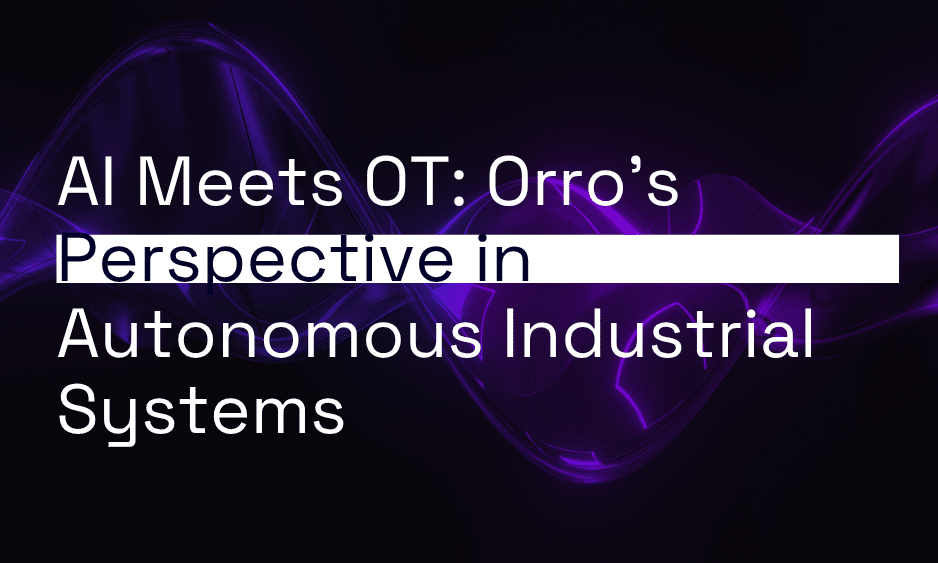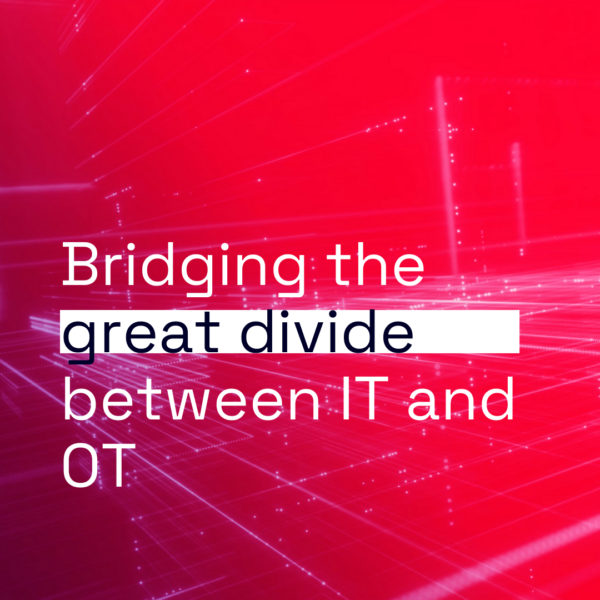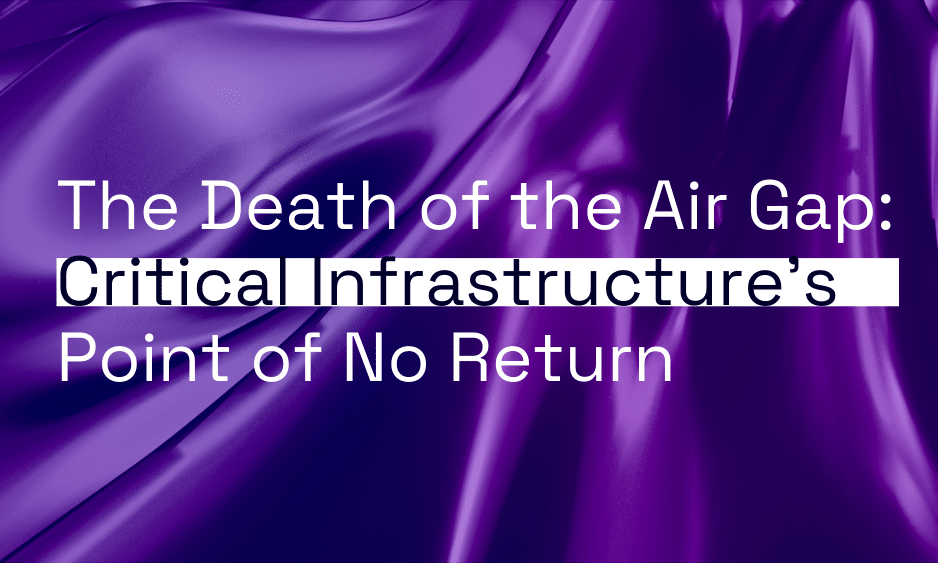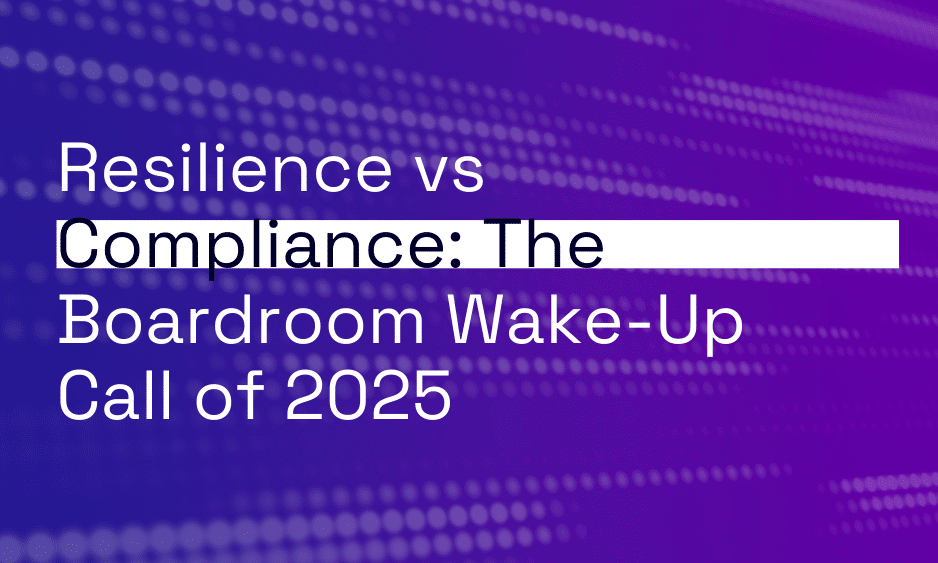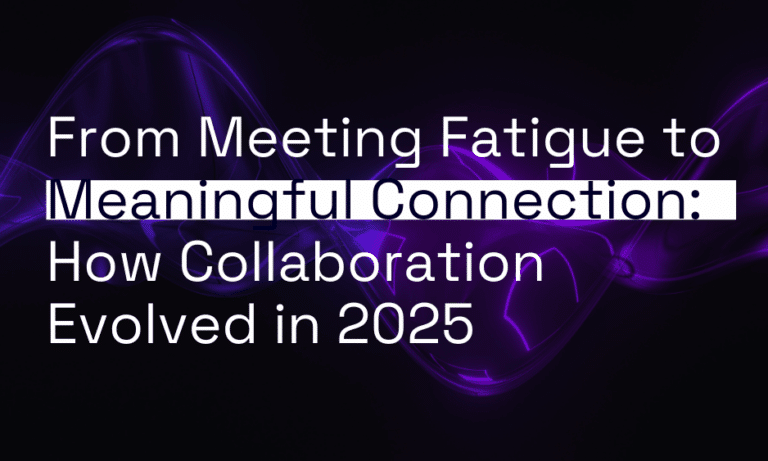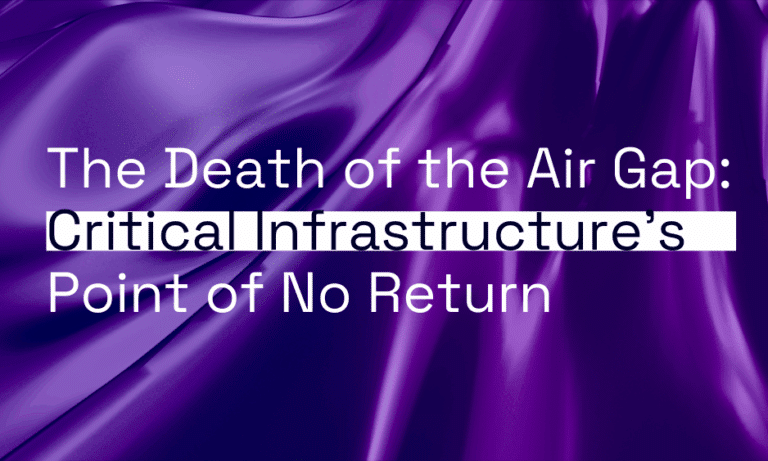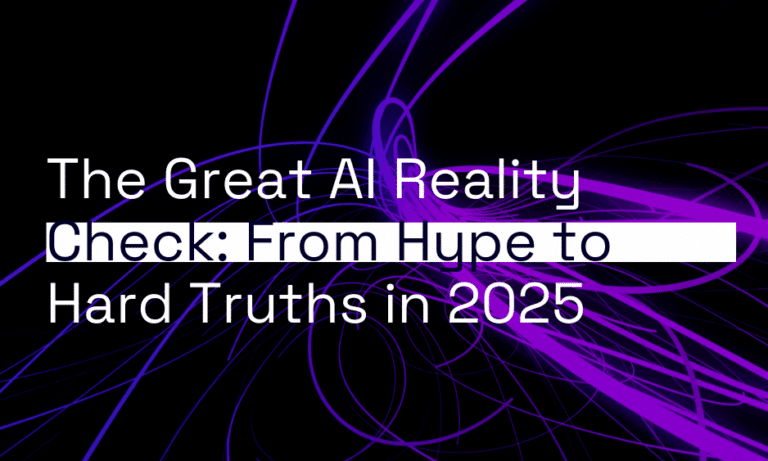Introduction
Artificial intelligence (AI) is rapidly reshaping how organisations manage and protect operational technology (OT). What began as basic condition monitoring has evolved into advanced analytics at the edge, enabling faster detection of anomalies, smarter maintenance planning and more integrated decision-making across industrial environments.
This shift is happening at a moment of heightened pressure. OT leaders are being asked to keep critical systems running safely and efficiently against growing cyber threats, ageing infrastructure and increased regulatory scrutiny. In response, operators are turning to AI not to replace people, but to augment them with the real-time insights needed to minimise downtime, anticipate failures and actively defend against compromise.
While autonomy in industrial systems is gaining momentum, it cannot be achieved without strong foundations. AI can only be as effective as the visibility, context and security that support it. Those building toward intelligent operations should prioritise data quality, secure connectivity and proactive monitoring.
This is where Connected Intelligence comes into play — a pragmatic approach that integrates visibility, context and control so organisations can safely unlock the value of AI-enabled OT.
The Shift Toward Smarter OT
OT environments have been undergoing a quiet transformation. Historically built on isolated mechanical systems, they have steadily become more digital, more connected and more software-defined. The convergence of IT and OT networks has removed traditional boundaries, allowing organisations to capture telemetry from previously inaccessible devices and assets.
The result is an exponential increase in data — and the need to interpret it at speed.
Machine learning and advanced analytics are now being used to spot unusual behaviour, identify performance degradation and improve situational awareness. Predictive maintenance is reducing the need for scheduled outages. Asset-level anomaly detection is helping operators catch small issues before they escalate. And cyber monitoring is increasingly applied to industrial environments that were never originally designed with security in mind.
These capabilities mark an important step toward what many refer to as cognitive infrastructure: industrial systems that not only record and respond, but learn and adapt. Although few environments are fully autonomous, many sectors — including energy, manufacturing, transport and mining — are actively laying the groundwork.
The direction is clear. OT is becoming smarter, more interconnected and more responsive. But intelligent operations require discipline, data and governance, not just software.
Opportunity: AI-Enabled Resilience
AI offers significant potential to improve resilience and safety across OT environments.
Faster anomaly detection
Algorithms can identify subtle deviations in behaviour that humans might overlook, particularly in remote or complex environments. Spotting problems early minimises equipment damage, safety risks and unplanned downtime.
Predictive maintenance + planning
With real-time performance insights, organisations can shift from periodic, manual maintenance to condition-based maintenance. This reduces operational costs while ensuring equipment is serviced at the optimal moment.
Reduced downtime + safety incidents
AI-driven insights help operators respond faster — whether to a performance issue, safety hazard or emerging cyber threat. Faster classification and prioritisation of alerts can dramatically improve response outcomes.
Improved cyber defence
AI-assisted monitoring tools can distinguish between normal behaviour and signs of compromise — a critical advantage in environments where cyberattacks increasingly target physical processes.
Operational efficiency + optimisation
By leveraging local, real-time AI models at the edge, OT environments can push decision-making closer to the source. This reduces latency, enables autonomy at remote sites and supports safer operations.
The common thread across these benefits is data. AI enables organisations to interpret complex telemetry at speed — but only if the underlying data is accurate, timely and secure.
The Risks & Realities
The path to AI-enabled OT is not without challenges.
Quality and context matter
AI models can only be as good as the data they ingest. Without clean, contextualised telemetry, insights are unreliable.
False positives + false negatives
Over-sensitivity can create alert fatigue; under-sensitivity may allow issues to go undetected. Human supervision remains critical.
Data integrity becomes critical
AI-dependent decisions require confidence that data has not been manipulated. OT systems increasingly need cybersecurity controls to maintain trust.
Increased attack surface
Highly connected OT environments provide more entry points for attackers. AI systems and data pipelines must be secured to avoid becoming new vectors.
Legacy systems aren’t ready
Many industrial assets were not designed for modern visibility, instrumentation or secure connectivity. Retro-fitting can be costly and operationally challenging.
Ultimately, careful introduction and governance is essential. AI should enhance operator capability — never remove essential oversight.
The Foundations of Autonomous OT
To realise the value of AI responsibly, organisations need strong foundations.
Unified visibility across OT + IT
Operators must be able to see what assets they have, how they behave and when behaviour changes.
Secure connectivity + segmentation
Effective segmentation reduces blast radius and limits lateral movement during cyber events.
Real-time telemetry
Asset-level monitoring is essential for meaningful AI insights.
Monitoring + SOC capability
Continuous monitoring helps detect incidents early and respond decisively.
Edge intelligence + processing
Local processing improves latency, supports offline operations and strengthens resilience.
Cross-functional collaboration
Successful adoption depends on IT, OT, cybersecurity and operations working together.
These are the pillars of Connected Intelligence — secure connectivity, integrated telemetry and real-time response. AI amplifies what these foundations already enable.
Conclusion
AI will not replace industrial operators. Instead, it will empower them — enabling faster decisions, safer environments and more resilient operations. Organisations that invest today in visibility, connectivity and monitoring will be best placed to adopt AI responsibly and reap early benefits.
If you’re looking to strengthen your organisation’s operational resilience, Orro’s experts can help assess where you stand — and where to focus next.
Download our OT Cyber Resilience Action Plan for practical steps to improve visibility, compliance and protection across your OT network.
